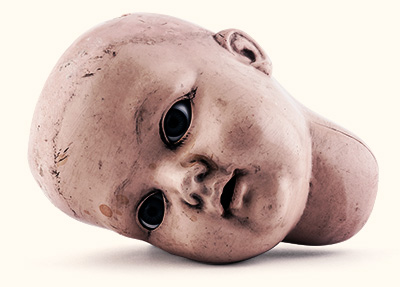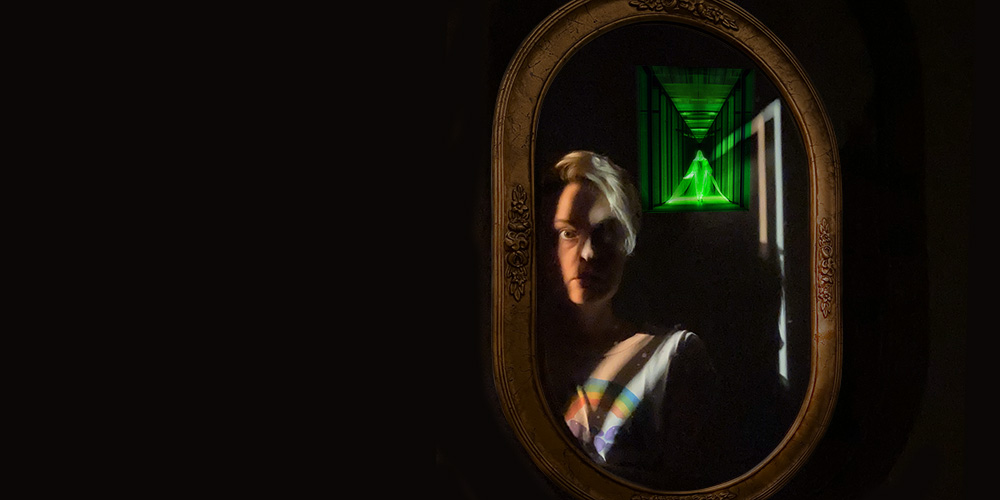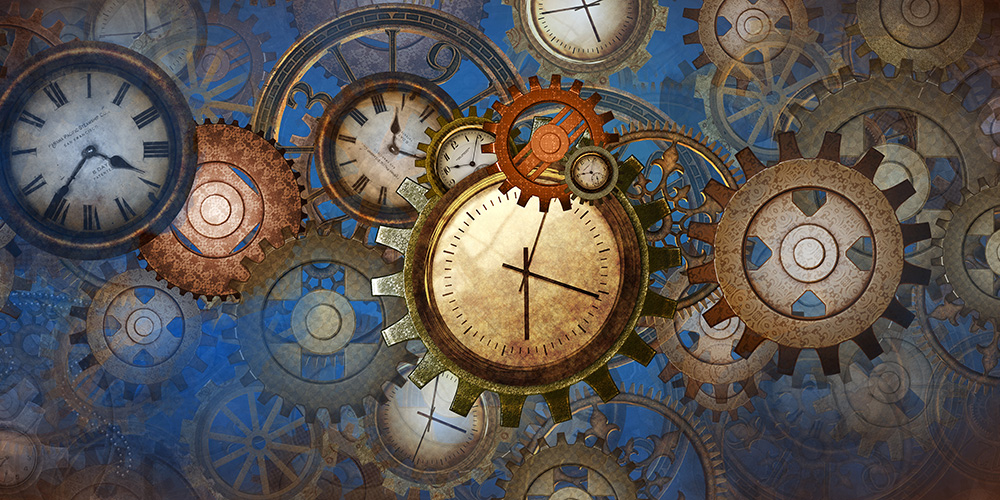What is the Robinson Age? And why are the behaviors during this life stage so predictably uniform?
This article is a tangent to our first H-Files episode (the one about Bloody Mary, released on September 1st, 2020) and may contain spoilers and inside jokes. If you haven’t listened to that, you may want to do so now.
Did you listen to the episode on the Robinson Age?
Really, I’ll wait.
Ok, so now that you’ve listened to all the creepy ways your own brain tricks you into seeing Mary Worth (or whatever you want to call her) in the darkened mirror, I want to talk about why this practice is so popular among humans in their tween years.
Admit it, you had your own Robinson Age, right on track.
IF your friends told you the story of Bloody Mary, and you were even a little bit into it, y’all were probably 9–12 years old…and I’d even go so far as to guess that, when this topic fascinated your group of friends, you weren’t into sex, drugs, or even very hard rock and roll (or most of you weren’t). Why, the rational adult wonders, would a seemingly sensible child want to take part in an activity whose sole purpose is to result in someone coming into their home and attacking, maiming, or killing them (depending on your town’s version of the legend)?
In fact, this behavior is so predictable and nearly universal at this age, that psychologists have a name for this life stage (of course they do): The Robinson Age. At some point during this phase, your innocent, obedient child will inevitably develop an unignorable craving for danger.
Why do preteens suddenly start doing stupid dangerous things?
This adolescent hunger for risk can manifest in some really weird ways. As adults, we might conjure up the typical Hollywood-based mental images of riding in fast cars with older boys, getting drunk enough to pass out, and waking up pregnant. But it’s a rare kid who goes directly from patty cake and Legos to blackout drinking binges. No, we’re talking about the murky, confusing in-between, when a desire for subversive behavior and ritualized right-of-passage social bonding coincides with childlike play and the innocence to not really fully comprehend what subversive really means. Slightly illicit activities with an element of darkness and ritual are irresistible to most children in this age group. The type of ritualized bonding and the proving of chutzpah invoked by an activity like summoning the toilet ghost is super hawt to kids in the throes of this awkward life phase.
One could argue that anything subversive and designed to test-drive danger, which is deliberately kept a secret from adults, should count as an expression of Robinson Age tendencies.
Any of these sound familiar?
You’ve probably played or heard of these archetypal North American slumber party activities;
- Light as a feather, stiff as a board: a group of participants chant a hypnotic phrase while attempting to levitate one of the group using only 1 or 2 finger tips each to support her.
- Using Ouija boards to contact ghosts: what, y’all didn’t grow up with a family Ouija board in the house? Ours was always front and center, between Scrabble and Monopoly.
- Truth or dare: in my social group, this classic game resulted in little more than the vanilla heteronormative style of closed-mouth kissing that doesn’t spread meningitis as quickly, and jumping off of moderately high surfaces.
I suppose the last of these examples may not fully qualify as a “ritual” per-se, in that no magic or paranormal phenomenon is expected to happen as a result of the activity. But I say it counts. One could argue that anything subversive and designed to test-drive danger, which is deliberately kept a secret from adults, should count as an expression of Robinson Age tendencies. This is especially true if “everyone” in one’s friend group is up to the same ill-conceived behavior, or if the doing of the thing classifies you as a different kind of person in the eyes of your peers.
It is part of how kids learn to step out of their comfort zone for social acceptance or to gain social status.
My personal Robinson Age antics
For example, here are some mundane yet bizarre, mildly risky, clandestine activities I may or may not have participated in with friends during my own Robinson Age.
- “Smoking” hollow pieces of dried-out grape vine.
- Self-piercing with a needle and hydrogen peroxide.
- Wandering from one neighborhood to another alone on Halloween night (before cell phones).
- Pulling a stranger’s wad of chewed gum off the bottom of a table and chewing it.
- Watching The Rocky Horror Show, and not long after, attending the live floor show (not quite at midnight, curfew and all, but at least without a chaperone).
- Pickpocketing a beloved teacher after she confiscated a classmate’s belonging.
- The Penis Game.*
Why do kids go through the Robinson Age, and what does it have to do with Bloody Mary?
The apparent point to the Robinson Age is to develop a resilience in the face of fear, without suffering actual harm. This life phase is also part of how kids learn to step out of their comfort zone for social acceptance or to gain social status. Perhaps the very thing that makes summoning Bloody Mary so attractive is the utter skepticism that the ritual will work? The game is a way to gain a reputation for fearlessness by intentionally and publicly incurring risk, without any real risk at all.
Not all Robinson Age antics are nearly as risk-free as Bloody Mary. There are several subversive, social-status-determining activities that 9-12 year-olds may consider doing to fill these self-image and fear-tolerance needs which might lead to actual life problems. Cutting, bulimia, or chatting online with strangers come to mind. Considering the alternatives, perhaps summoning the mirror witch to risk a terrifying yet incredibly unlikely violent death is one of the most laudable ways to progress through the Robinson Age. Just don’t tell any kids I said that…adult approval would defeat the point.
Footnote on The Penis Game
*If you’re not familiar with The Penis Game, it is a game of Chicken that involves taking turns saying a dirty word in a successively louder voice in a public place. The winner is the last person to say the word before the next person is too afraid of being overheard to take their turn.







